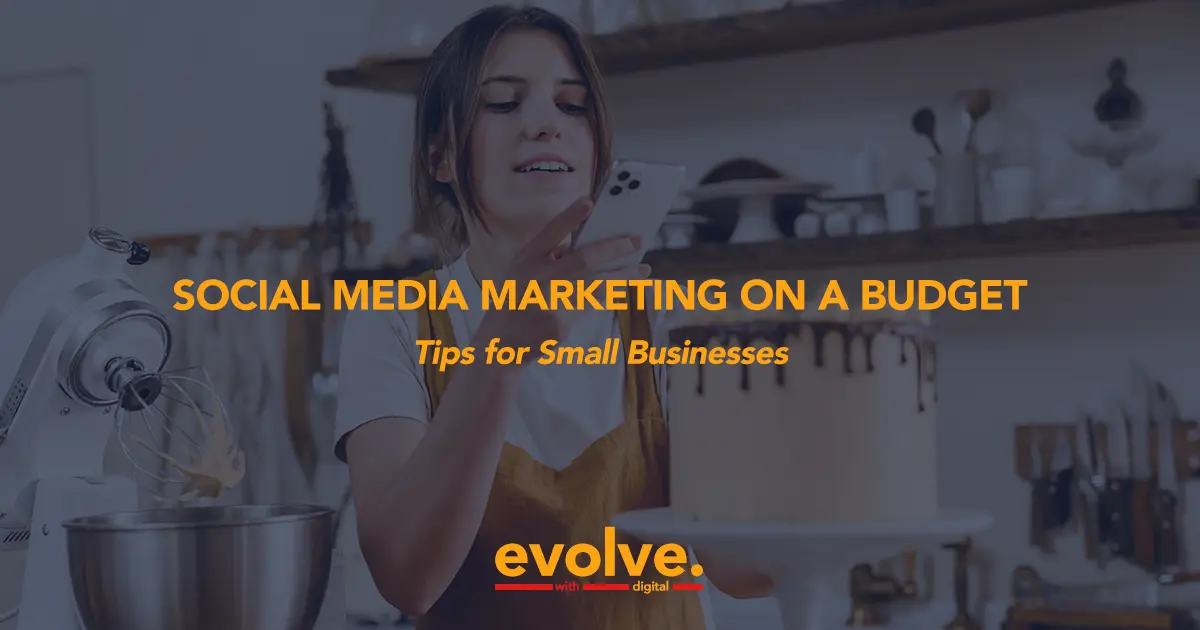
Table of Contents
For small businesses, in particular, social media offers a cost-effective way to reach and engage with customers, build brand awareness, and drive growth. However, with limited resources and budgets, it can be challenging to create a robust social media presence. This article will provide practical tips and strategies for small businesses to maximize their social media marketing efforts without breaking the bank.
1. Choose the Right Platforms
One of the most crucial steps in social media marketing is selecting the platforms that align best with your business goals and target audience. Instead of trying to maintain a presence on every social media platform, focus on one or two that are most relevant to your business. Consider where your target audience spends their time online and which platforms are most suitable for showcasing your products or services.
For instance, if you’re a B2B company, LinkedIn might be your primary focus. If you’re a visual brand like a restaurant or a fashion boutique, Instagram and Pinterest could be more beneficial. By concentrating your efforts on the most relevant platforms, you can create higher-quality content and engage more effectively with your audience.
2. Develop a Content Strategy
A well-planned content strategy is key to successful social media marketing, especially when working with limited resources.
Start by defining your brand voice and the types of content that resonate with your audience. Create a content calendar to plan your posts in advance, ensuring a consistent posting schedule and a good mix of content types.
Consider the following content ideas:
- Behind-the-scenes glimpses of your business
- Customer testimonials and success stories
- Tips and how-to guides related to your industry
- User-generated content
- Local news and events
- Promotions and special offers
Remember, quality trumps quantity. It’s better to post less frequently but consistently, with high-quality, engaging content.
3. Leverage Free Tools and Resources
Numerous free tools and resources are available to help small businesses manage their social media presence effectively. Some useful options include:
- Canva: For creating professional-looking graphics and visuals, there are a lot of free templates available
- Later or Buffer: For scheduling posts across multiple platforms
- Google Analytics: For tracking website traffic from social media
- Hootsuite Insights: For monitoring brand mentions and analyzing social media performance
These tools can help streamline your social media efforts, saving both time and money.
4. Engage Authentically with Your Audience
Social media is not just about broadcasting your message; it’s about building relationships. Engage with your followers by responding to comments, asking questions, and participating in relevant conversations. This personal touch can help build brand loyalty and encourage word-of-mouth marketing, which is incredibly valuable for small businesses.
Consider hosting Q&A sessions, running polls, or creating interactive content to boost engagement. Remember, authentic engagement often leads to more organic reach, reducing the need for paid advertising.

5. Collaborate with Other Small Businesses
Partnering with complementary businesses can be a win-win situation, allowing you to reach new audiences without spending on advertising. Look for businesses in your local area or industry that share a similar target audience but aren’t direct competitors. You could:
- Cross-promote each other’s content
- Host joint giveaways or contests
- Create collaborative content, such as interviews or guest posts
These partnerships can help expand your reach and provide fresh, interesting content for your followers.
6. Utilize User-Generated Content
Encourage your customers to create content featuring your products or services. User-generated content (UGC) is not only free but also serves as social proof, which can be more persuasive than traditional marketing messages. You could:
- Run a hashtag campaign
- Host photo contests
- Feature customer stories or testimonials
Always ask for permission before reposting UGC and give credit to the original creator.
7. Repurpose and Recycle Content
Creating fresh content consistently can be challenging and time-consuming. Make the most of your efforts by repurposing content across different platforms and formats. For example:
- Turn a blog post into a series of social media posts or an infographic
- Create short video clips from longer video content
- Compile customer reviews into a testimonial post
This approach allows you to maintain a consistent presence across platforms without constantly creating new content from scratch.
8. Invest Time in Learning and Improving
Social media platforms and best practices are constantly evolving. Dedicate some time each week to staying updated on the latest trends and features. Many platforms offer free resources and guides for businesses. Additionally, there are numerous free online courses and webinars available that can help you enhance your social media marketing skills.
9. Monitor and Analyze Your Performance
Regularly review your social media performance to understand what’s working and what’s not. Most social media platforms offer built-in analytics tools that provide insights into your audience and content performance. Use this data to refine your strategy and focus on the tactics that deliver the best results for your business.
The Bottom Line - Focus On The Right Platform & Stay Consistent
Effective social media marketing doesn’t have to be expensive. By focusing on the right platforms, creating valuable content, engaging authentically with your audience, and leveraging free tools and resources, small businesses can build a strong social media presence without a large budget. Remember, consistency and authenticity are key. Stay true to your brand voice, provide value to your audience, and be patient – building a solid social media presence takes time, but the long-term benefits for your small business can be substantial.
Read Next
Simplifying Choices: What the Jam Experiment Taught Us – click here.
External Links
Managing the content of LinkedIn posts: Influence on B2B customer engagement and sales? – Science Direct – click here.
About the Author
Since early age (circa 2005.) Alex has been a student of informational technologies.
Having honed skills in VB & C++, he went on to learn web technologies all while keeping design, graphics, video, and animation as his hobby.
Alex helped countless businesses establish their brand & digital presence, in the form of websites, apps, marketing campaigns, and more.
In 2020 he sold his well-established digital agency to pursue an art career, but decided to come back to the world of digital in 2023.
ALEX DAWSON – Evolve with Digital


